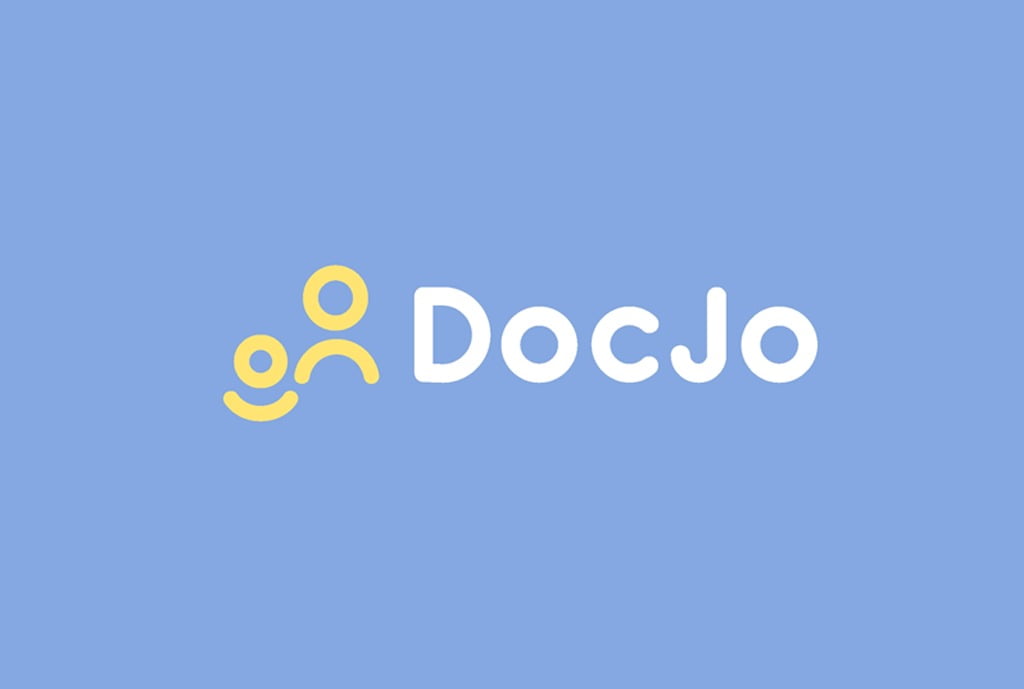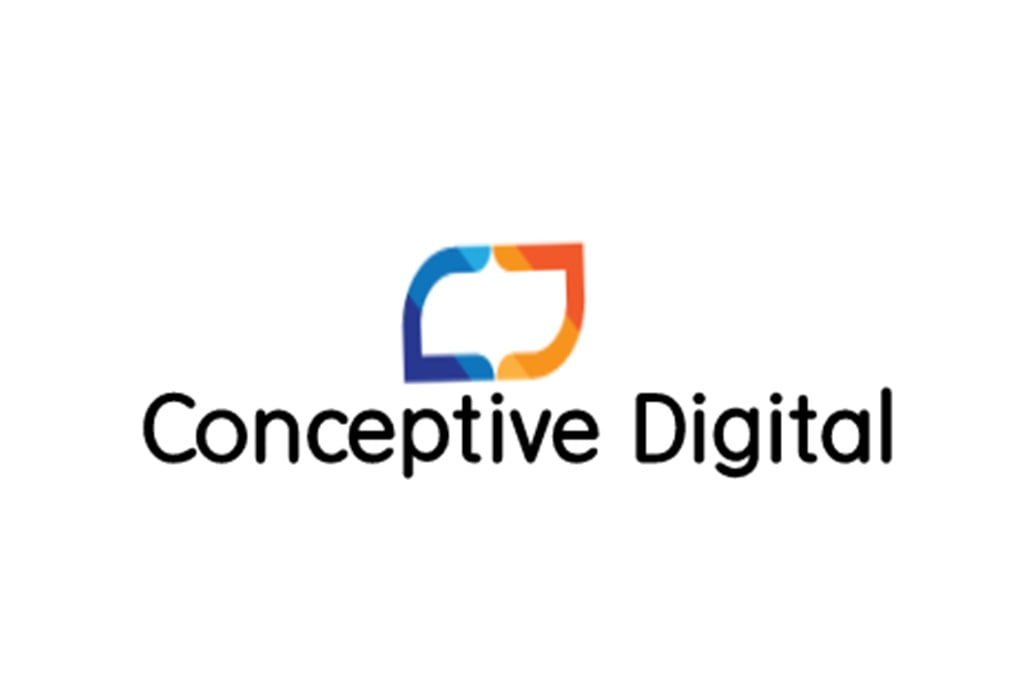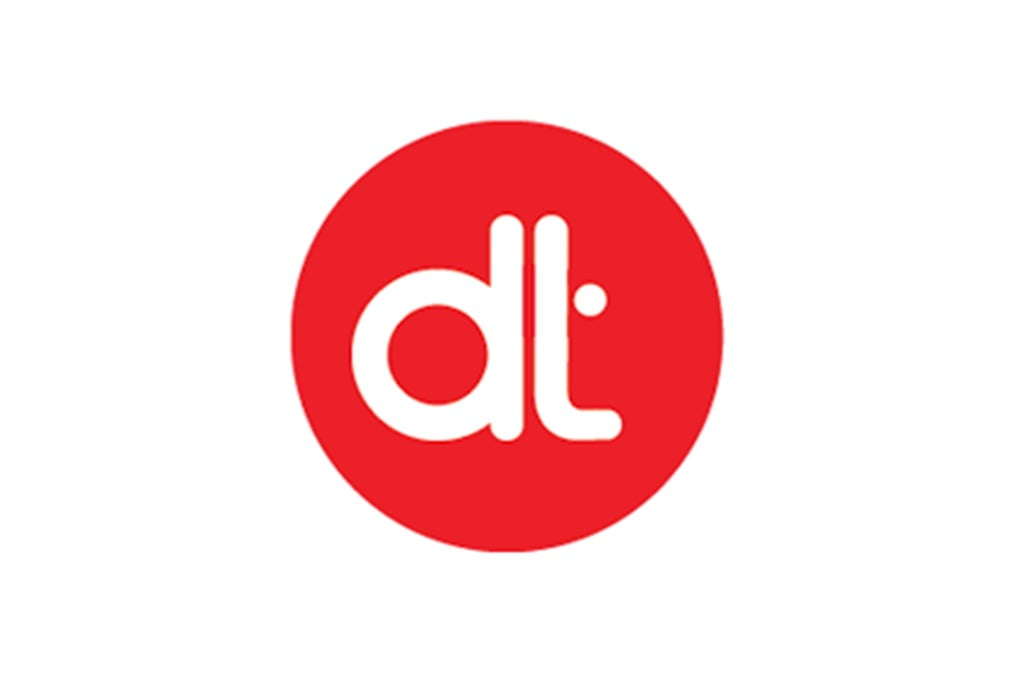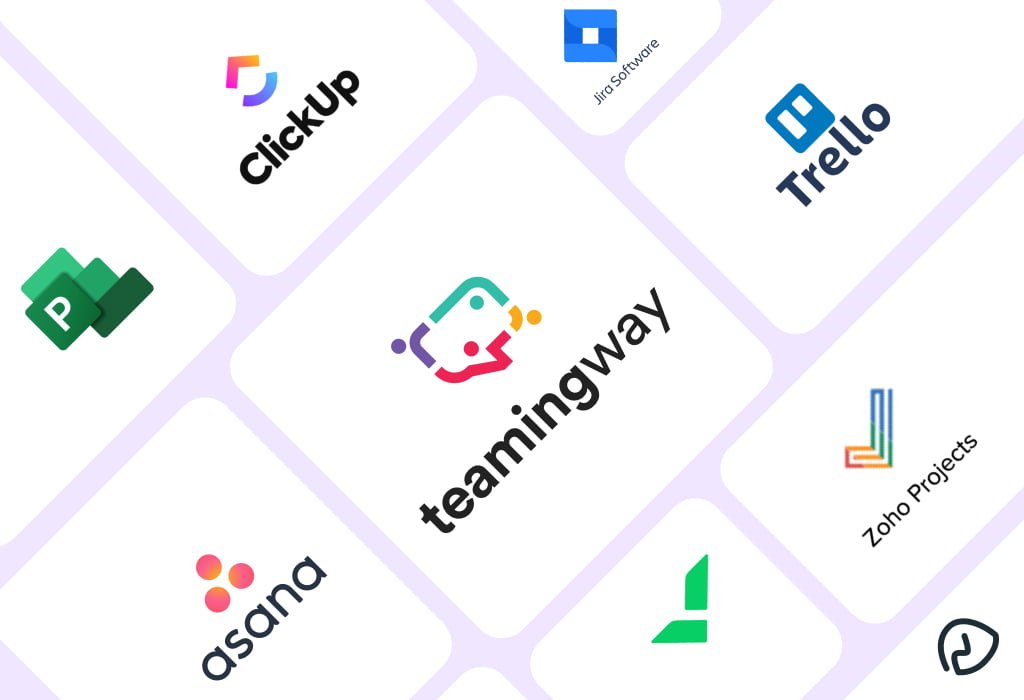
Over the past year and a half, workforce and work culture dynamics have undergone a massive makeover as organizations have switched to a remote work setup. The “new normal,” as studies suggest, is here to stay for a long and we won’t be surprised if it stays on forever, making companies opt for a completely remote work culture for good.
According to Upwork’s Future of Workforce Pulse Report 2020, 41% of the major companies worldwide are working remotely on a full-time basis as companies are positively attuning to remote work culture.
However, the only hiccup in moving to a complete remote setup is the uncertainty of quality work, proper team collaboration, team management, project management, and productivity. While on the one hand, employees are relieved of the long commute hours and can enjoy working from the comfort of their homes (anywhere, for that matter), unorganized and mismanaged teams can be catastrophic for business and organizational goals. With the workforce adapting to a new work setup, organizations have become more critical of the effectiveness and productivity of the teams working away from the office.
To address the woes of organizations, technology has always emerged as a savior, without any exceptions this time too. To make the transition coherent and smooth, management tools have risen to fame as a boon.
What is a Management Tool?
In simple terms, management tools are a set or package of various technology solutions clubbed together towards a more efficient way of organizing and managing projects and tasks, ensuring amplified productivity at work. These tools help keep the work synchronized and centralized and help in the efficient delegation, collaboration, systematic team, client communication, task management, project management, and more.
The right management tools can help you multiply the organization’s output manifolds, and TeamingWay is one of them.
Top 4 Management Tools to watch out for
However, among the zillions of management tools existing in the market claiming to address the workforce challenges, it is indeed no layman’s job to select the best-suited package. To help our readers overcome this herculean quest, our editorial team has prepared a carefully sifted list of the top 5 management tools for organizations. Let’s take a peek.
. Teamingway
One of the most adopted management tools across the globe, TeamingWay is making remote working a cakewalk for managers and teammates across industrial genres. It is loaded with cool add-ons and features, making it superlative and the first choice for organizations aiming to augment their productivity and ROI.
Pros –
- Intuitive and avant-garde user interface
- Comes with centralized storage of files and data for ease of access
- Super-cool add-on features like a calendar, meeting scheduler, communication channels, and smart integrations.
- Easy-to-use dashboard enabling real-time updates.
- State-of-the-art communication and engagement features for both team and one-on-one communication.
- Enables complete team collaboration.
Cons –
- Some of the features are coming soon.
- No Gantt charts.
. Asana
Widely popular in the global corporate world, Asana is a great management tool for tech-savvy professionals. It is both chic and easy to use while maintaining its credibility as a technologically advanced tool to manage a diverse range of projects.
Pros –
- Simple and user-friendly interface
- Loaded with in-app integrations like slack, Google calendar, Unito, Dropbox, etc.
- Easy drag & drop task management boards
- Visual project timeline to track the project progress.
Cons –
- Difficult to collaborate within a team.
- Insufficient features in the free version.
- Not the best when it comes to heavy projects.
- A user can’t add Multiple assignees to a given task.
- Native mind mapping isn’t supported.
- No separate tab for viewing personal tasks.
. Trello
It is a simple yet sophisticated management tool with kanban style task and project management boards. Well accepted among professionals looking for simple technology solutions as this can be easily used by Luddites.
Pros –
- Easy-to-use interface
- Drag & drop kanban boards.
- Task management and scheduling are made simple.
- Nifty add-ons for added functionality.
Cons –
- Lack of reporting features.
- Only the kanban view is available, making it lack versatility.
- Unable to manage intricate projects.
- Lack of internal integrations.
- Lacks add-on features for higher functionality.
. Monday.com
Monday.com (formerly Dapulse) is a widely used management tool across the globe. It is popular for its ease of communication, smooth third-party collaboration, native integration package, and more.
Pros –
- Enables adding custom integration owing to its open API framework
- In-depth reporting aptitudes.
- Easy third-party integration into the platform.
Cons –
- Handling complex issues can be cumbersome.
- The mobile application isn’t up to the mark.
- Paid application; no free version is available.
- Unable to schedule recurring tasks.
- The mind mapping feature is missing.
Final Words
There you go. Now you have a comprehensive understanding of which management tool stands where. Choosing the best-suited tool matched to cater to your business goals can’t be tough now. Go ahead and take your pick. If you’re still at a fix, you may go ahead and connect with the TeamingWay squad to schedule a free demo or go right ahead to try it for free here.









